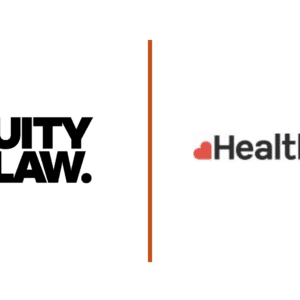Treasury Direction on the Job Retention Bonus Published
Key Contact: Claire Knowles
Author: Rebecca Mahon
Last week, we wrote about the Chancellor’s Winter Economy Address, and the announcement of the new “Job Support Scheme” (“JSS”). As we await further guidance on how the new JSS will operate (which has been promised “soon”), the Treasury has now published its direction on how the Job Retention Bonus (“JRB”) scheme, announced back in June, will operate. We have set out below a summary of the key points.
When can I apply for the JRB?
Applications for the JRB won’t open until 15 February 2021. Employers will then have a 6-week window to claim their bonus (scheme closes on 31 March 2021). HMRC have promised that full details on the practicalities of submitting a claim will be published in January 2021.
What can I get?
The bottom line is that eligible employers can claim £1000 per retained employee. The £1000 is taxable as income and will need to be treated as such when calculating taxable profits for income tax and corporation tax purposes (albeit no tax is payable when bonuses are paid for employees that are not providing services as part of a business e.g. nannies, domestic staff etc.).
The £1000 is for the employer. It doesn’t need to be passed on to employees.
What is an “eligible employer”?
Employers will be eligible for a bonus if they have:
- furloughed employees and made a successful claim for those employees through the original Coronavirus Job Retention Scheme(“CJRS”) which ends on 31 October.
- If you have inherited employees (e.g. via TUPE) you will only be eligible for the bonus if you have claimed for those employees via the original CJRS. In other words, if you inherit employees after 31 October (so you, as their employer, haven’t claimed for them under CJRS) you cannot get the bonus in respect of those employees.
- retained an employee that was previously furloughed/claimed for under the original CJRS as at 31 January 2021. The employee cannot be serving their notice as at this date (whether served by the employer or employee).
- paid the employee the minimum income threshold amount in tax months November/December 2020, December 2020/January 2021 and January/February 2021. The minimum income threshold is £1560 in total across those 3 months, but at least one payment must be made in each month. For example, an employer could pay an employee £1 in November 2020, and again in December 2020, but must then pay £1558 in the period of 6 January to 5 February 2021 to be eligible for the bonus. This is to stop the system being abused by those who, for example, employ zero hours workers. Whether or not an employee has been paid the minimum income threshold will be checked via the employer’s RTI submissions. It is therefore important that accurate data is recorded.
Can I continue to furlough employees, and get the bonus?
Government guidance confirms that an employer that makes use of the new JSS can still apply for a bonus under the JRB scheme. However, it is unclear whether in such circumstances the £1560 minimum income threshold must be covered exclusively by the employer or whether they can reach this threshold by, in part, using the government grant provided by the new JRS. Further guidance is eagerly awaited.
Acuity Comment
We have two main concerns regarding the JRB scheme. Firstly, £1000 is unlikely to be enough to enable employers that are seriously struggling to retain their workforce. By the same token, it seems excessively generous for employers that are now seeing a return to “business as usual”, and who would have retained their employees in any event. Once again, we find ourselves wondering why a sector-specific approach has not been taken.
Secondly, we worry that the JRB could create a new “cliff edge” for redundancies. It would be very tempting for employers facing redundancies to retain those who they can claim bonuses for until the bonus is paid, and then use the bonuses towards redundancy costs. The government guidance acknowledges the risk of employers taking into account bonus eligibility when carrying out a redundancy exercise, urging employers to “… comply with the normal rules for redundancy, which include using fair redundancy criteria. These rules apply even if this means that fewer of your employees are eligible for the Job Retention Bonus”.
The interaction between the new JSS and the JRB is an important one, and we hope that the guidance on the new JSS will be published in good time before the end of the CJRS to enable employers to plan meaningfully as we enter the winter months.
For more information on the JRB, the new JSS, or to discuss workforce planning issues, please contact our employment team.















